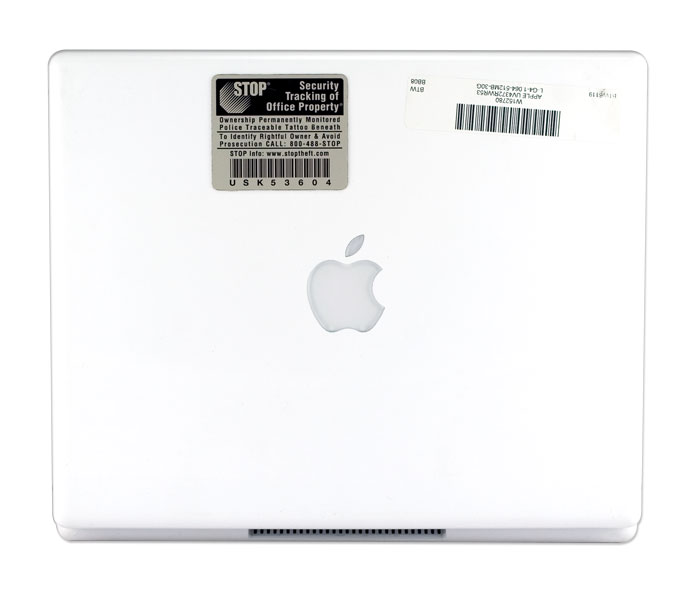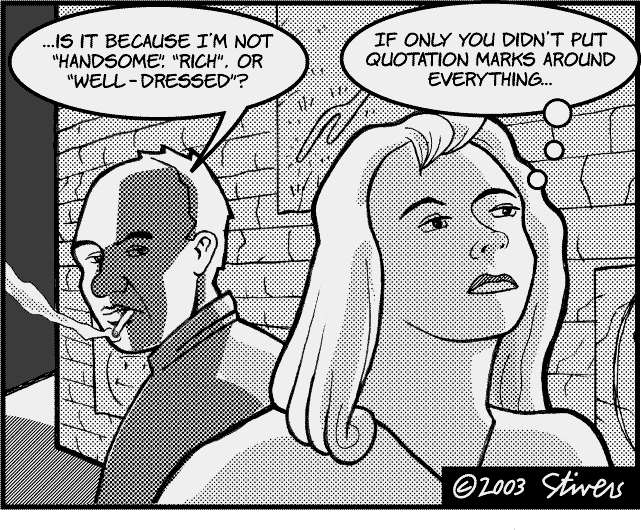
Bean has been updated. It's a simple word processor for OS X that many people like because of it's small footprint and low requirements yet it has enough features to be handy. It's actually quite nice for things like NanoWrimo or using on older hardware.
Features
Bean is a small, easy-to-use word processor that includes:
a live word count
a Get Info panel for in-depth statistics
a zoom-slider to easily change the view scale
an Inspector panel with lots of sliders
date-stamped backups
autosaving
a page layout mode
an alternate colors option (e.g., white text on blue)
an option to show invisible characters (tabs, returns, spaces)
selection of text by text style, paragraph style, color, etc.
a floating windows option (like Stickies has)
easy to use menus
remembers cursor postion (excluding .txt, .html, .webarchive formats)
all of Cocoa's good stuff (dictionary, word completion, etc.)
What Bean doesn't do
Bean doesn't do footnotes, customized headers and footers, columns, pre-defined text styles, floating graphics (but it does do in-line graphics).
Also, no OpenDocument (.odt) format support (but it's coming with OS X Leopard).
Give it a try and see if you like it here. Oh, and it's free.


